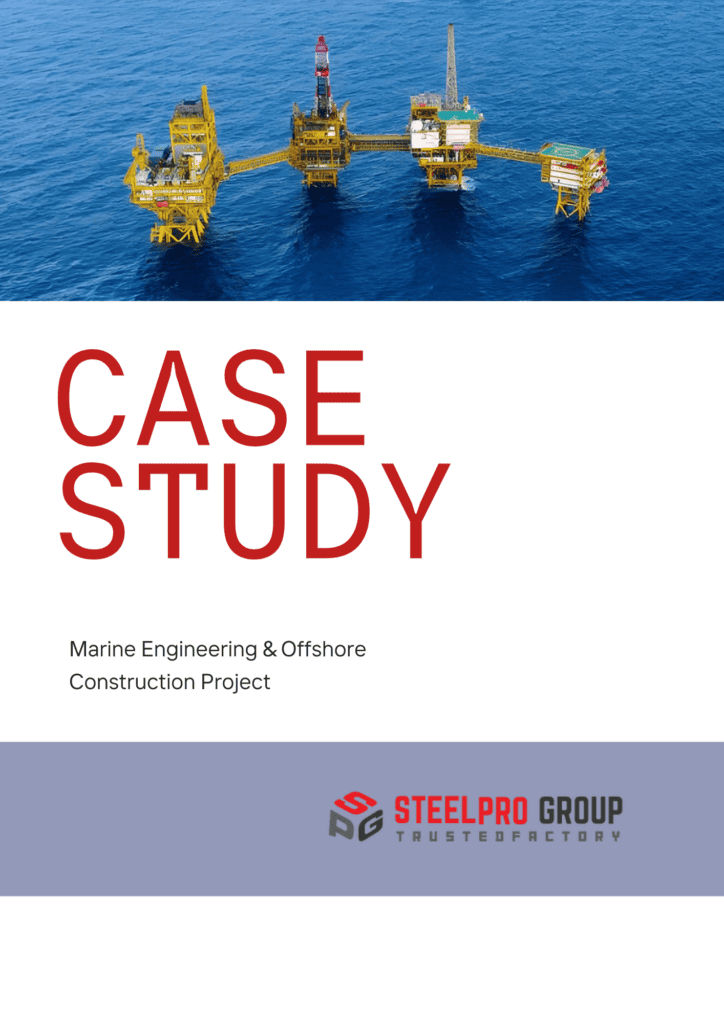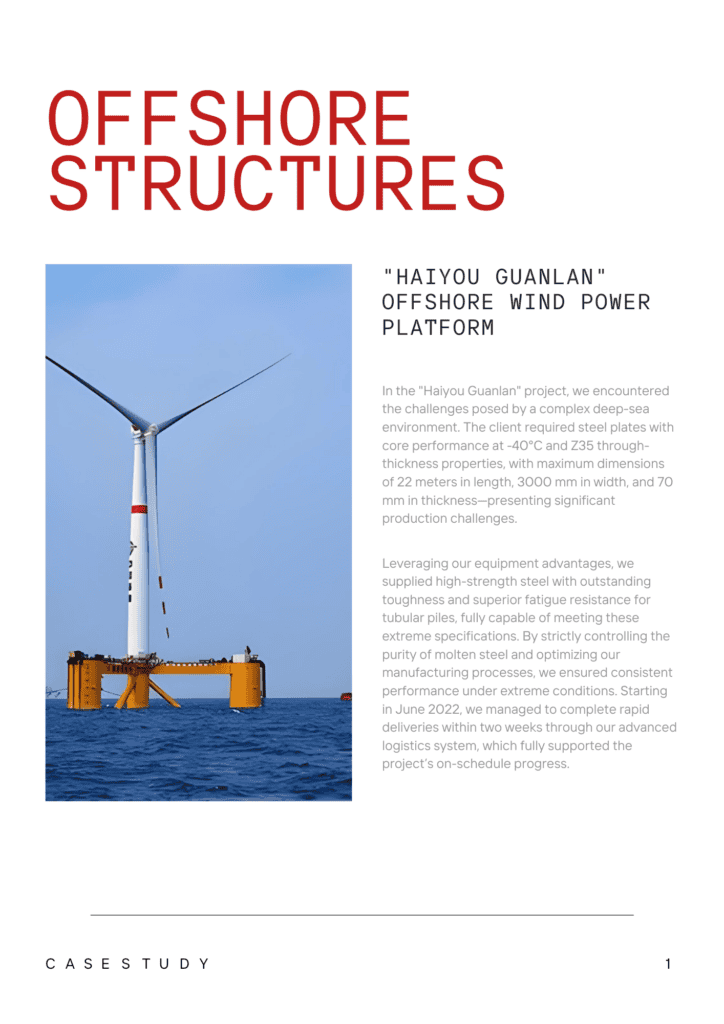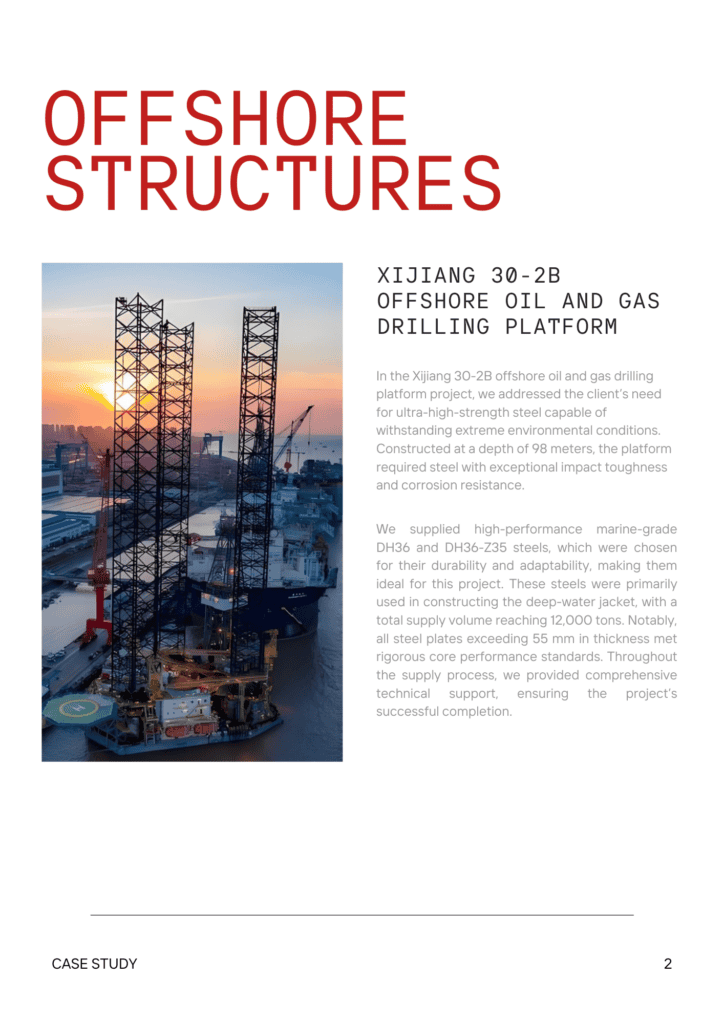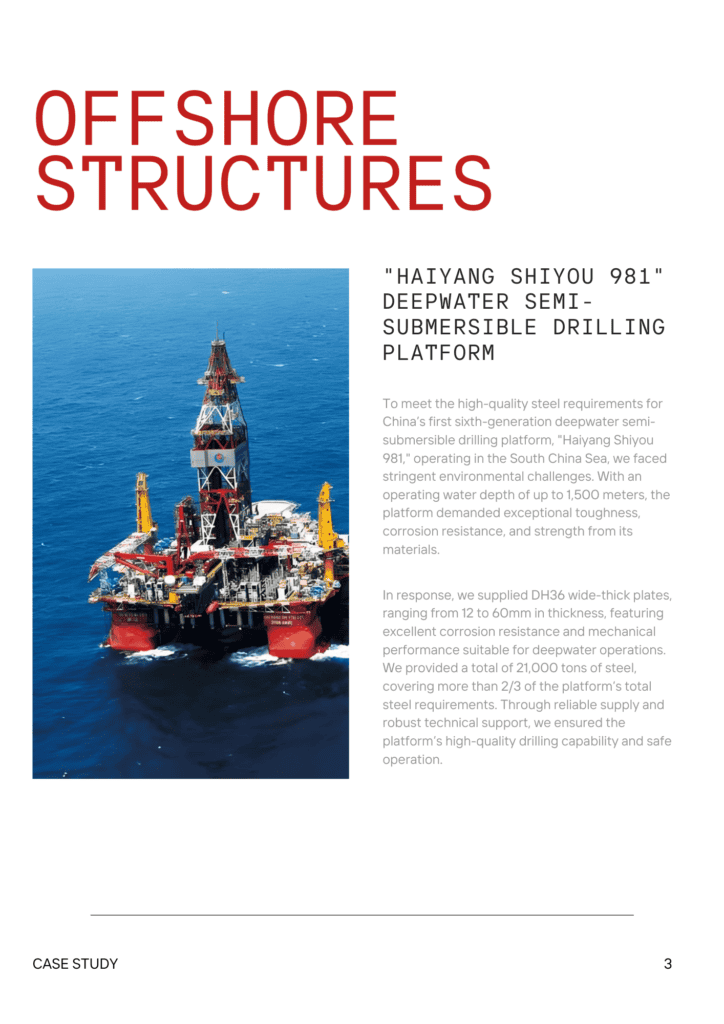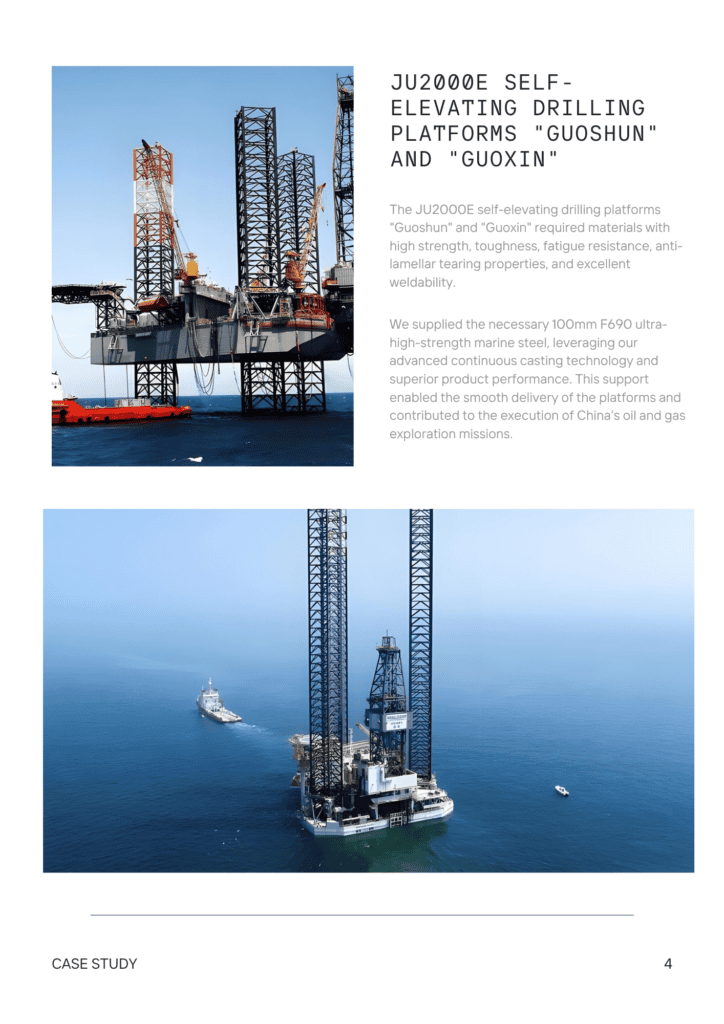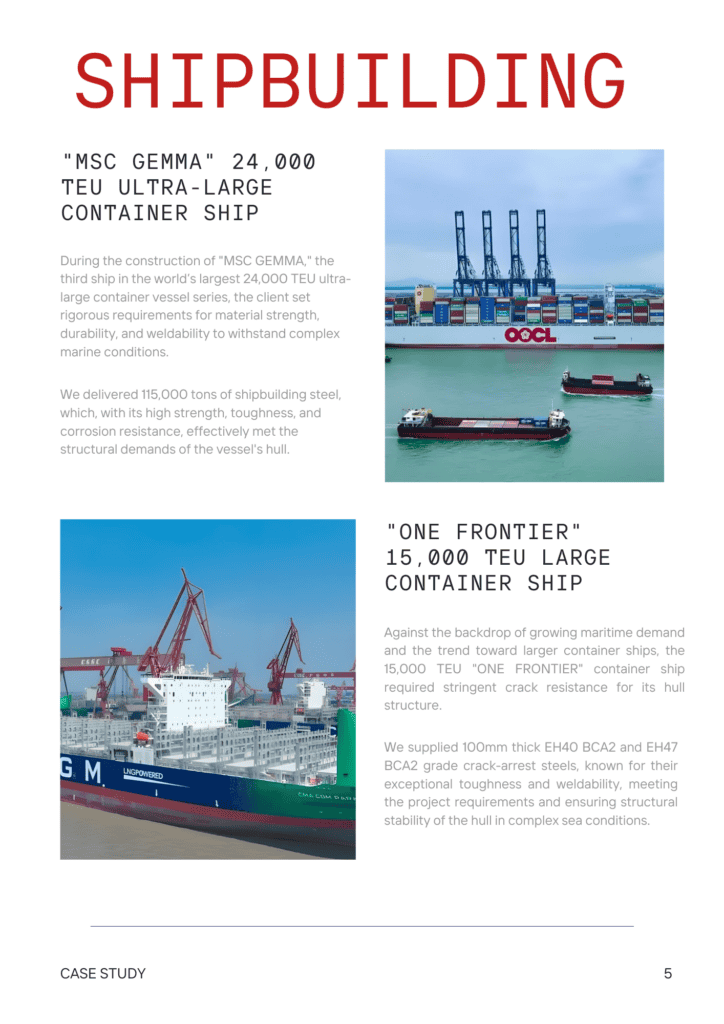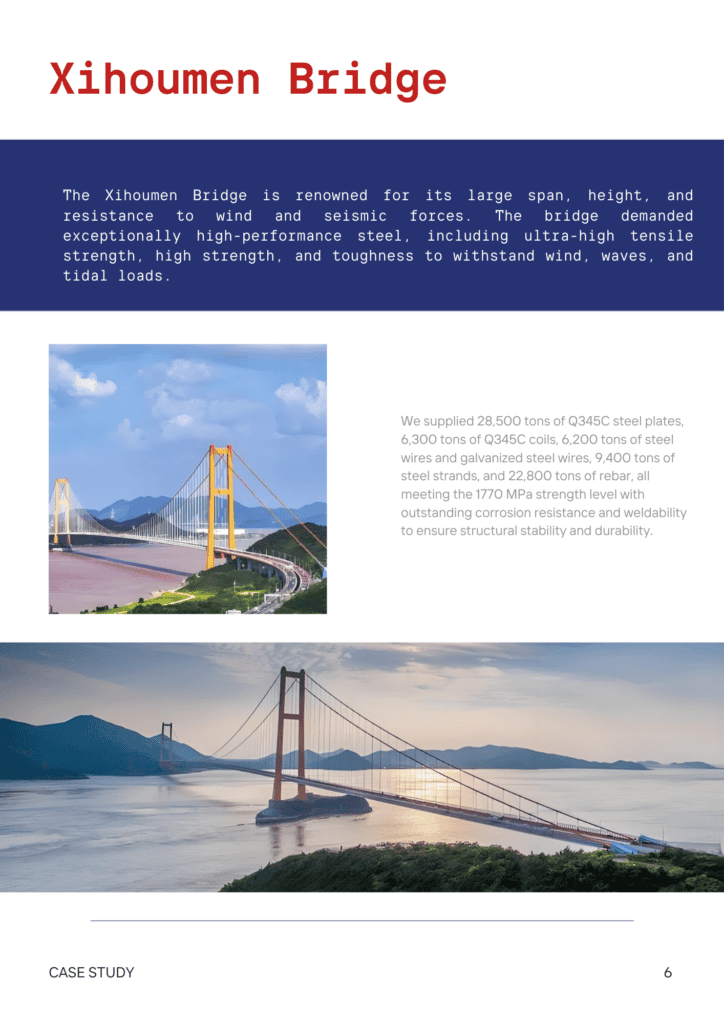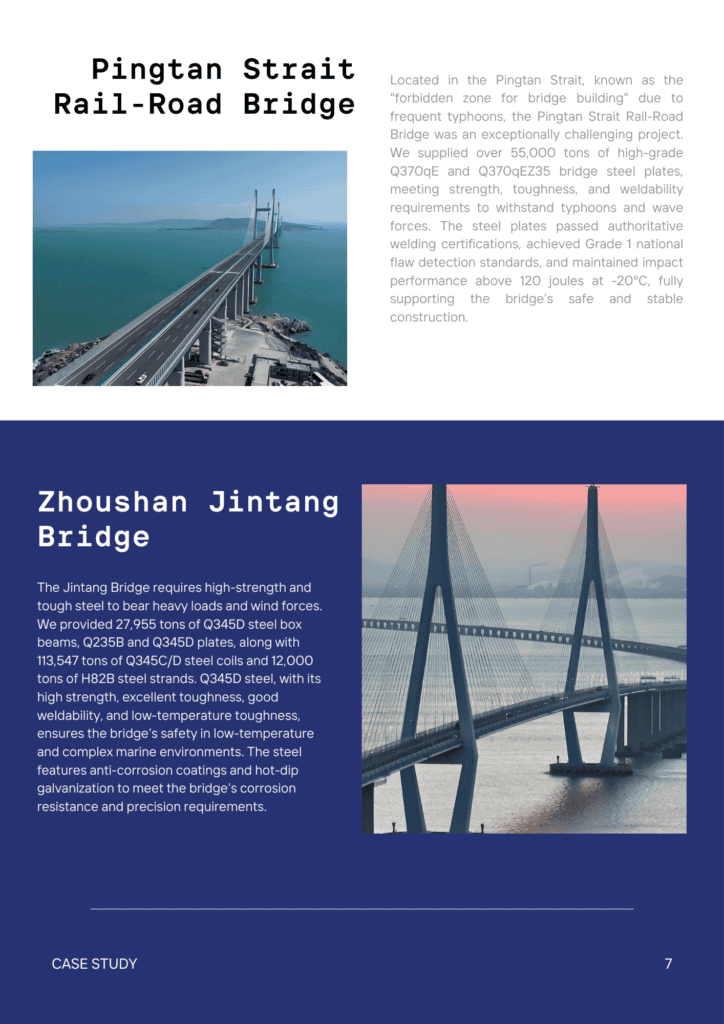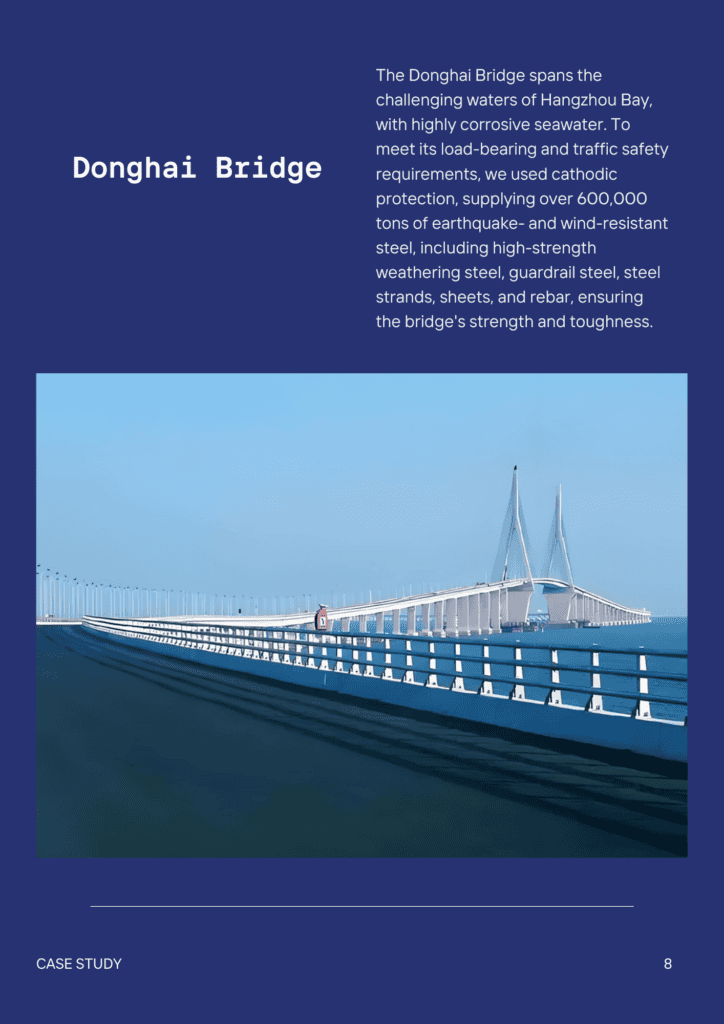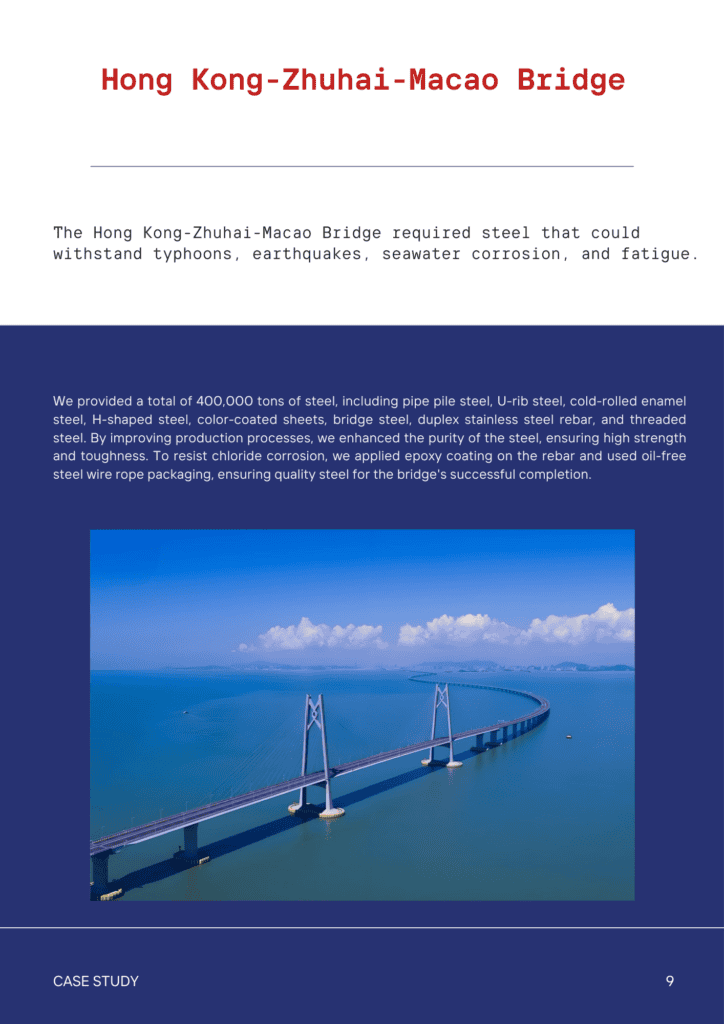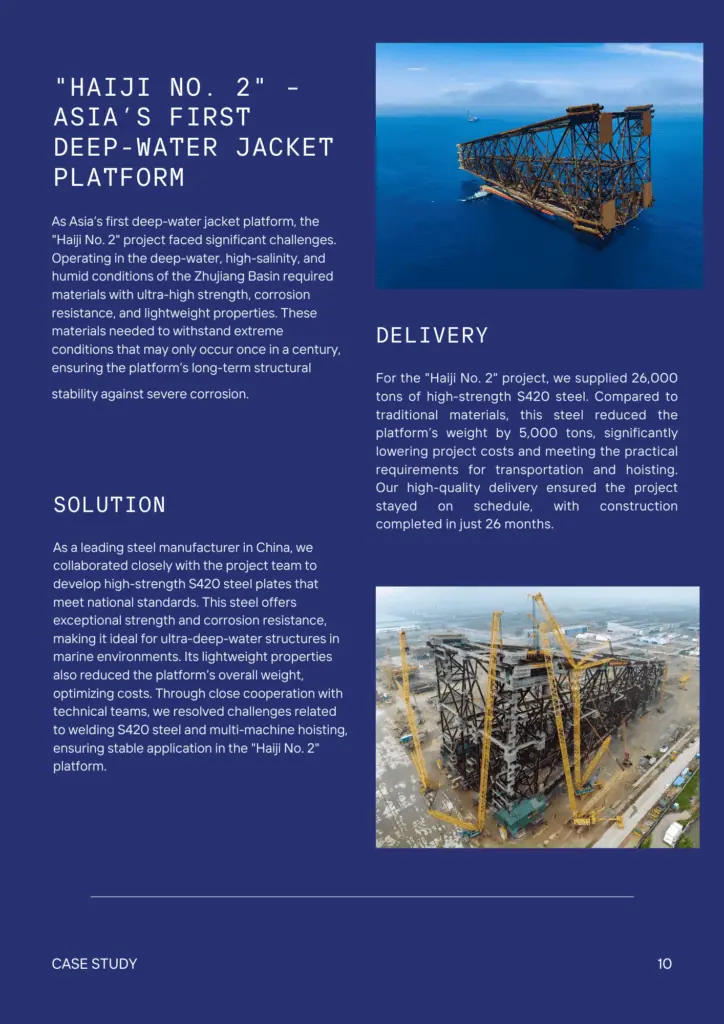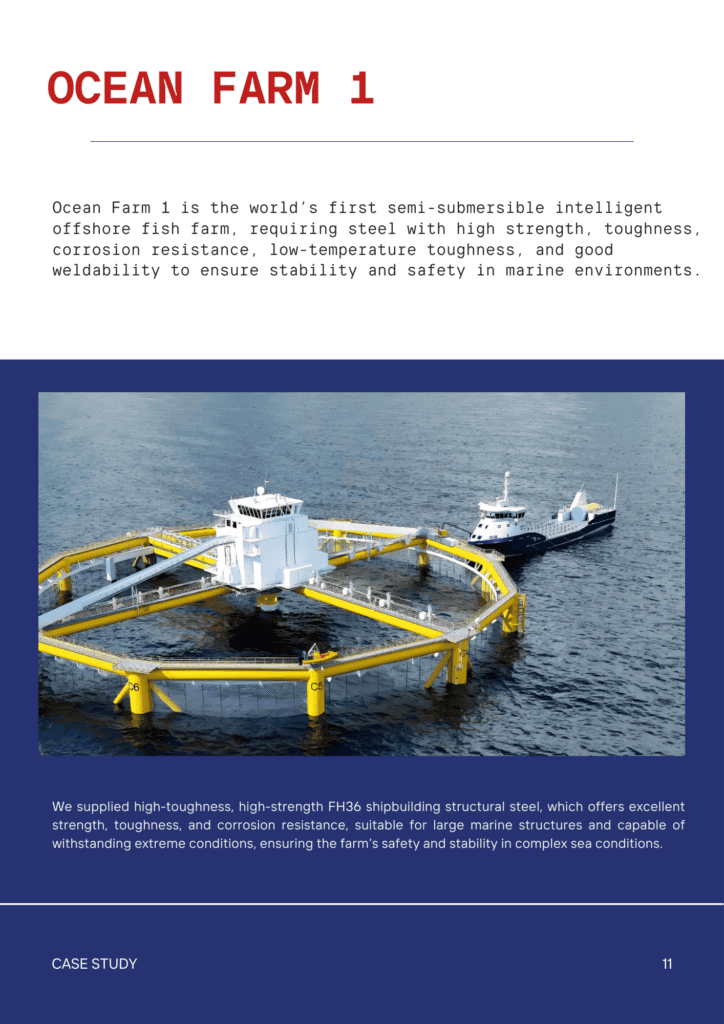Contents
Is Carbon Steel Magnetic? Get a Quick Answer!
- John
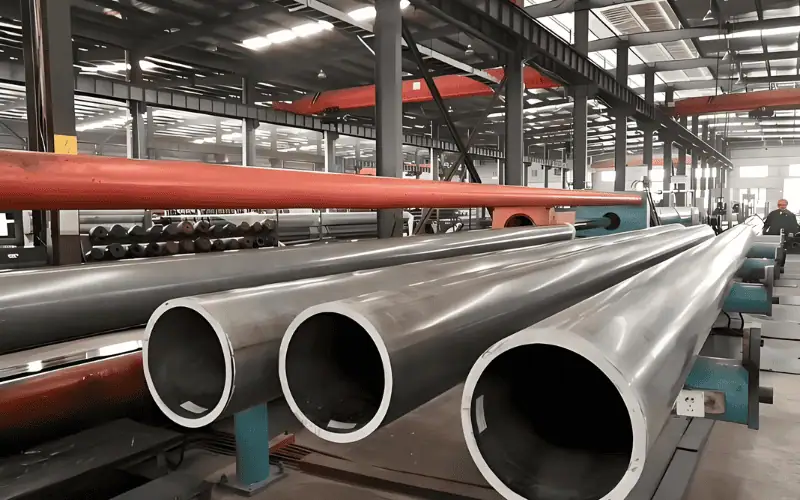
Yes.
Carbon steel is magnetic due to its iron-rich composition and crystalline structure. However, its magnetic strength isn’t always the same—it can vary based on carbon content, heat treatment, and alloying elements.
SteelPro Group provides expert insights and high-quality steel solutions to help you make informed decisions. In this guide, we’ll explore the reasons behind carbon steel’s magnetism, the factors that influence its magnetic properties, and its practical applications across various industries.
What Is Carbon Steel?
Carbon steel is an iron-carbon alloy primarily composed of iron and carbon, with minimal alloying elements. The carbon content generally varies between 0.05% and 2.0%. Unlike stainless steel, carbon steel lacks significant chromium content, making it more prone to corrosion but stronger and more durable in structural applications.
| Type | Carbon Content | Magnetism | Common Applications |
| Low-carbon steel (Mild steel) | <0.3% | Strongly magnetic | Structural components, pipes, auto body panels |
| Medium-carbon steel | 0.3%–0.6% | Moderately magnetic | Gears, axles, rail tracks, machinery parts |
| High-carbon steel | 0.6%–2.0% | Magnetic but less permeable | Cutting tools, springs, high-strength wires |
Why is Carbon Steel Magnetic?
Carbon steel is magnetic because it contains iron, a naturally magnetic element, and has a ferritic structure that supports magnetism. When exposed to a magnetic field, its magnetic domains align.
Unlike stainless steel, which contains nickel or chromium to disrupt magnetism, carbon steel keeps its ferritic or pearlitic microstructure, making it inherently magnetic.
However, its magnetic strength varies with carbon content, heat treatment, and alloying elements.
The Role of Iron and Crystal Structure
Iron is the main component of carbon steel, and iron is highly magnetic. Its BCC atomic structure forms magnetic domains, which easily align when placed in a magnetic field. This alignment is what gives carbon steel its strong magnetic properties.
Why Carbon Content Doesn’t Remove Magnetism?
Carbon steel contains small amounts of carbon (up to 2.0%), but this does not change its iron-based structure. Unlike nickel or manganese, which can make a material non-magnetic, carbon keeps the crystal structure intact, allowing the steel to remain magnetic.
Heat Treatment and Cold Working Affect Magnetism
Extreme heat treatment or cold working can change the crystal structure and slightly reduce magnetism in some cases. However, this effect is usually minor, and most carbon steel grades remain magnetic under normal conditions.
Carbon Steel Magnetism: Key Influencing Factors
Carbon Content
Carbon affects its microstructure but does not eliminate magnetism. Low-carbon steels (e.g., mild steel) tend to be more magnetic than high-carbon steels.
As carbon content increases, more cementite (Fe₃C) forms, which is less magnetic than pure iron. Higher carbon levels also reduce ferrite, the strongly magnetic phase, and increase pearlite, which has a weaker magnetic response.
Crystal Structure
At room temperature, carbon steel mostly has a body-centered cubic (BCC) structure, found in ferrite, which is highly magnetic. When carbon content increases, more pearlite (a mix of ferrite and cementite) forms, slightly reducing magnetism.
Heat treatment can also change the crystal structure. Martensite, formed by rapid cooling, remains ferromagnetic but may have lower magnetism.
Heat Treatment
- Annealing (slow cooling after heating) helps restore grain integrity and improves magnetism.
- Quenching (fast cooling) can create residual stress, making it harder for magnetic domains to align, reducing overall magnetism.
- If steel is cooled too fast from high temperatures, some residual austenite (non-magnetic phase) may remain, slightly weakening magnetism.
Cold Working and Mechaning
Processes like rolling, forging, and machining introduce stress, affecting magnetism:
- Cold working (e.g., rolling, bending) increases dislocation density, which can interfere with magnetic domain alignment.
- Magnetism may become directional, meaning the material could be more magnetic along the rolling direction than in other directions.
- Severe deformation can disrupt the material’s ability to support a uniform magnetic field, slightly weakening magnetism.
Grain Structure and Uniformity
The size and consistency of grains affect magnetic behavior:
- Larger grains allow magnetic domains to move more freely, leading to stronger magnetism.
- Fine-grained structures create more boundaries, making it harder for domains to align, which may slightly reduce magnetic strength.
- Impurities and uneven microstructures can act as magnetic barriers, weakening the material’s overall magnetic response.
In most carbon steels, these factors only cause minor variations in magnetism. Carbon steel remains strongly magnetic overall, especially compared to non-magnetic metals.
Carbon Steel Applications for Magnetic
- Electrical & Electromagnetic Uses: Transformers & motors, electromagnets.
- Automotive & Machinery Parts: Reinforced steel, magnetic locks.
- Manufacturing & Tools: Machine tools & dies, magnetic storage.
- Railways & Infrastructure: Rail tracks & fasteners, elevators & conveyors
Can Carbon Steel Be Non-Magnetic?
Yes, but it’s rare. Certain conditions can significantly reduce or eliminate magnetism in specific cases.
Extremely High Temperatures
Carbon steel loses its magnetism when heated above its Curie temperature, which falls between 768–770°C (1414–1418°F). At this temperature, its crystal structure shifts from a body-centered cubic (BCC) to a face-centered cubic (FCC) arrangement, disrupting the alignment of magnetic domains. However, once cooled below the Curie point, carbon steel regains its magnetism.
Alloying with Non-Magnetic Elements
Although carbon steel is primarily composed of iron and carbon, adding nickel, manganese, or silicon in high amounts can suppress its magnetism. These elements stabilize a non-magnetic microstructure, similar to austenitic stainless steel.
However, most standard carbon steels do not contain enough of these elements to become fully non-magnetic.
Get Carbon Steel Engineered for Your Success
We offer a wide range of carbon steels and non-magnetic stainless steels to meet diverse industry needs. Our extensive product selection includes sheets, coils, bars, and tubes, ensuring you have the right material for every application.
With a well-stocked inventory and impressive delivery speeds, SteelPro Group is your trusted partner for high-quality steel solutions.



